Abstract
In the past couple of years, the term design has been thrown around quite a bit in various business contexts. Weve heard of user design, experience design, social design, integrated design, service design, and place-based design, in addition to the term with which we are most familiar: graphic design.
In the past couple of years, the term design has been thrown around quite a bit in various business contexts. Weve heard of user design, experience design, social design, integrated design, service design, and place-based design, in addition to the term with which we are most familiar: graphic design.
Although design was once the sole domain of graphic designersthose professionals with the artistic skill to create logos, advertisements, signage, and printed materials of all sortsyou can now find a plethora of professionals in other industries describing themselves as designers. Depending on how they approach their work, the term designer might be quite applicable, and here is why:
Design in its current use in business vernacular describes a data-driven, purposeful intent behind an action, and that intent occurs to affect a specific, measurable business outcome.
If you approach your business with this kind of intent, regardless of its industry, size, age, niche within the marketplace, or geographic location (or lack thereof for online-only enterprises), then you, too, are a designer. If you can begin to think like a designer and learn some of the tools designers use regularly to drive growth and success, then myriad doors of possibility will open.
Note
No matter what kind of business youre in, and no matter the size, it will be of benefit when you and your fellow employees consider yourself designers. Its a usefuland profitableway to plan and execute your initiatives.
What Is Design Thinking?
Do an Internet search of design thinking through your favorite search tool, and youll turn up an absurd number of results (several hundred thousand at the time of this writing). In the simplest of terms, design thinking is an exploratory approach to problem solving that includes and balances both analytical and creative thought processes.
Tim Brown, CEO of IDEO, a renowned design and innovation firm, and arguably the first champion of design thinking in business, wrote this of design thinking in Change By Design: Insofar as it is open-ended, open-minded and iterative, a process fed by design thinking will feel chaotic to those experiencing it for the first time.
No truer words have been written about design thinking. It will feel chaotic the first time, and probably the second and third times, and maybe even the fourth time you put it to use. Design thinking is not a typical skill set learned in business school, but a valuable skill that should be embraced by all business professionals, not just those in a creative industry or for whom design is front-and-center in their job description. Design thinking is an egalitarian skill set that can be learned, practiced, and championed by professionals across industries and job titles.
Design thinking is largely nonlinear and fluid, as most explorations areor at least should be. A true exploration is not a forced march between Point A and Point B, but a meandering trail that ends at the defined destination of Point B yet allows for the flexibility to observe the landscape along the way and, perhaps, discover something new or previously overlooked. The circuitous nature of design thinking does not derive from a designers lack of the discipline needed to be organized and deliberate. Much to the contrary, design thinking is purposefully intended to be circuitous and fluid as a challenge to the conventional means of problem solving.
We are experienced in (and some may argue trained in) asking, Whats next? when working toward solving a problem. (I blame algebra and its necessarily rigid adherence to a sequential order in problem solving.) In design thinking, there isnt always a specific next to which we should proceed. Each phase of design thinking could yield multiple nexts as possibilities, and it is up to usthe design thinking teamto determine which next to pursue. Admittedly, this can be a little confusing at first.
Perhaps most important, design thinking is an iterative and rapid process that can be applied to even the most confounding business challenges, and it is a strategic activity that will identify clear opportunities that you can act on quickly.
The Phases of Design Thinking
Given design thinkings adaptable, flowing nature, no one can truly say with strong conviction, This is the way design thinking happens. There are defined phases in the approach that serve as excellent signposts indicating you are making progress. However, the work that happens within each phase can vary wildly depending on the challenge at hand.
Lets begin with a high-level review of the phases of design thinking, after which well dive deeper into each to better understand what happens and how it fits into the bigger design-thinking picture.
Phase I: Understand
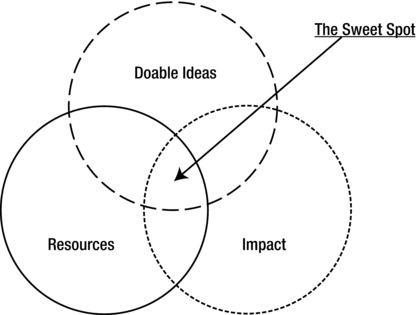
Understanding your business challenge is imperative to identifying and creating a solution, and the degree of understanding goes well beyond that of conjecture or your previous history with challenges of a similar nature.
Phase II: Define
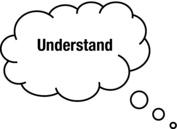
Once you understand the challenge at a level of detail that reveals subtle nuances you likely would have missed without taking the time to develop that understanding, you can clearly define in specific terms what the challenge is and why it needs to be addressed.
Phase III: Ideate
Now that the challenge is defined and you know what problem needs to be solved, you can unleash your creativity and begin imagining solutions. Ideation is by far the phase that everyone enjoys most, and because of that, many teams get bogged down here. Teams are also tempted to jump ahead to this phase, completely forgoing Understand and Define. Avoid both tendencies at all costs, or you very likely will generate a wealth of fantastic ideas that arent relevant to the challenge or go off on fantastic tangents.

Phase IV: Prototype
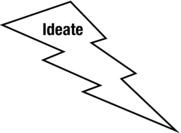
Once you draw the ideation phase to a close, the next step is to cull through the idea inventory and select the cream of the crop. These are the ideas youll take into the prototype phase. Be judicious in your selection of ideasspecifically the quantity of thembecause you will need to create a prototype of each one. As a good rule of thumb, youll want to plan on prototyping at least two or three ideas. Prototyping will start to give your ideas depth, so you can get an impression of how they will take form in reality. Prototypes arent always tangible items. It is just as important to prototype a service, experience, process, or other intangible.

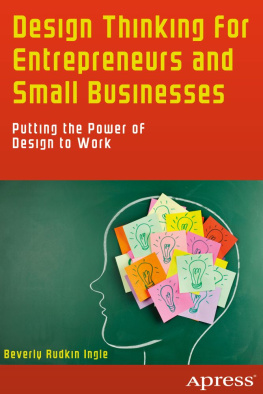

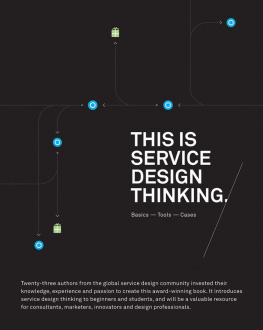



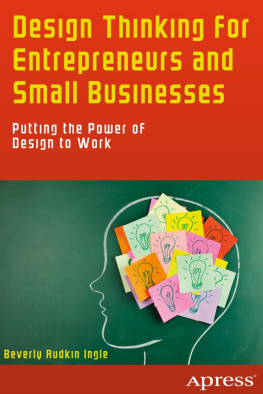
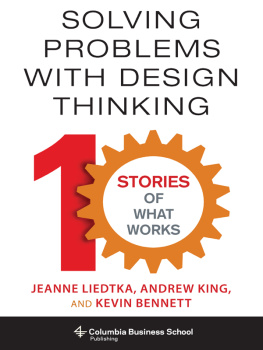
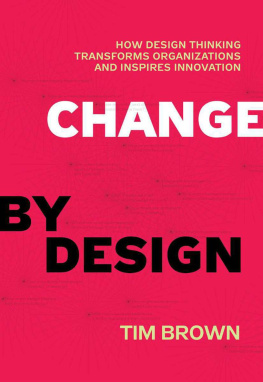
 Understanding your business challenge is imperative to identifying and creating a solution, and the degree of understanding goes well beyond that of conjecture or your previous history with challenges of a similar nature.
Understanding your business challenge is imperative to identifying and creating a solution, and the degree of understanding goes well beyond that of conjecture or your previous history with challenges of a similar nature. Once you understand the challenge at a level of detail that reveals subtle nuances you likely would have missed without taking the time to develop that understanding, you can clearly define in specific terms what the challenge is and why it needs to be addressed.
Once you understand the challenge at a level of detail that reveals subtle nuances you likely would have missed without taking the time to develop that understanding, you can clearly define in specific terms what the challenge is and why it needs to be addressed.
 Once you draw the ideation phase to a close, the next step is to cull through the idea inventory and select the cream of the crop. These are the ideas youll take into the prototype phase. Be judicious in your selection of ideasspecifically the quantity of thembecause you will need to create a prototype of each one. As a good rule of thumb, youll want to plan on prototyping at least two or three ideas. Prototyping will start to give your ideas depth, so you can get an impression of how they will take form in reality. Prototypes arent always tangible items. It is just as important to prototype a service, experience, process, or other intangible.
Once you draw the ideation phase to a close, the next step is to cull through the idea inventory and select the cream of the crop. These are the ideas youll take into the prototype phase. Be judicious in your selection of ideasspecifically the quantity of thembecause you will need to create a prototype of each one. As a good rule of thumb, youll want to plan on prototyping at least two or three ideas. Prototyping will start to give your ideas depth, so you can get an impression of how they will take form in reality. Prototypes arent always tangible items. It is just as important to prototype a service, experience, process, or other intangible.